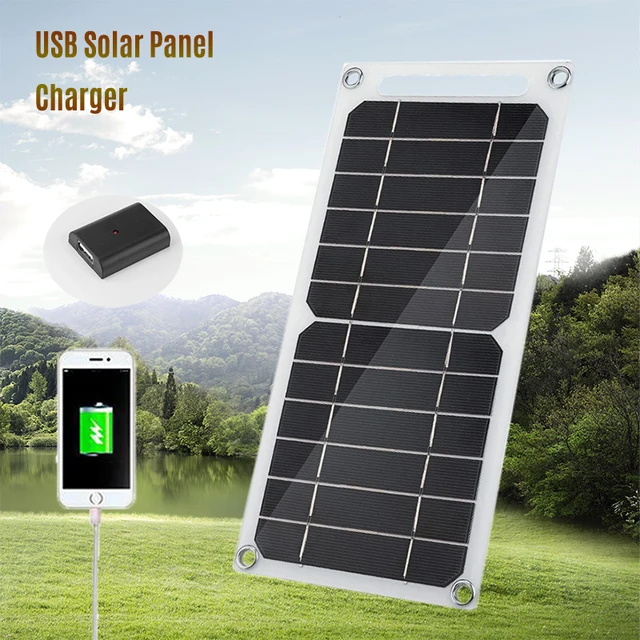In the modern era of technology and innovation, marine batteries have become an integral part of our maritime applications. From deep-sea exploration to leisure boating, these batteries power a wide range of equipment and systems, ensuring smooth and efficient operations.
What are Marine Batteries?
Marine batteries are specifically designed to power various electrical systems on boats and ships. These batteries are typically more robust and durable than regular car batteries, as they need to withstand the rigors of the marine environment. Marine battery is also designed to provide consistent power even under extreme conditions, making them ideal for critical applications such as navigation systems, communication equipment, and safety features.
Deep-Cycle Batteries for Extended Usage
Deep-cycle batteries are a type of marine battery that are designed for repeated discharge and recharge cycles. Unlike regular batteries that can only be partially discharged before needing to be recharged, deep-cycle batteries can be fully discharged and then recharged multiple times without significant loss of performance. This makes them ideal for applications where continuous power is required, such as trolling motors or on-board generators.
Boat Batteries for Leisure Boating
For leisure boaters, a reliable boat battery is essential for enjoying a safe and enjoyable boating experience. Boat batteries power everything from lights and stereos to fishing equipment and water pumps. While some boats may use smaller batteries for these purposes, larger boats may require more powerful marine batteries to meet their energy demands.
Powering Trolling Motors with Marine Batteries
Trolling motors are a crucial component of many boats, especially those used for fishing or hunting. These motors allow boaters to maintain a constant speed and position without using the main propulsion system, which can be noisy and attract unwanted attention. Marine battery provides the necessary power to these motors, ensuring smooth and silent operation.
The Emergence of LiFePO4 Batteri
In recent years, LiFePO4 batteries have gained popularity in the marine industry due to their numerous advantages. These batteries offer higher energy density, faster charging capabilities, and longer lifespan compared to traditional lead-acid batteries. They are also lighter and more compact, making them easier to install and maintain. LiFePO4 batteries are becoming the preferred choice for boaters who demand reliable and efficient power solutions.
In conclusion, marine batteries play a crucial role in powering modern maritime applications. From deep-cycle batteries for extended usage to LiFePO4 batteries for increased efficiency, the choices available today provide boaters with a wide range of options to meet their specific needs. With the continued advancement of technology, we can expect even more innovative and efficient marine battery in the future.
If you have any question, please feel free to contact us:
- Name: Dawn Zeng (Director)
- E-mail address: sales@himaxelectronics.com

























